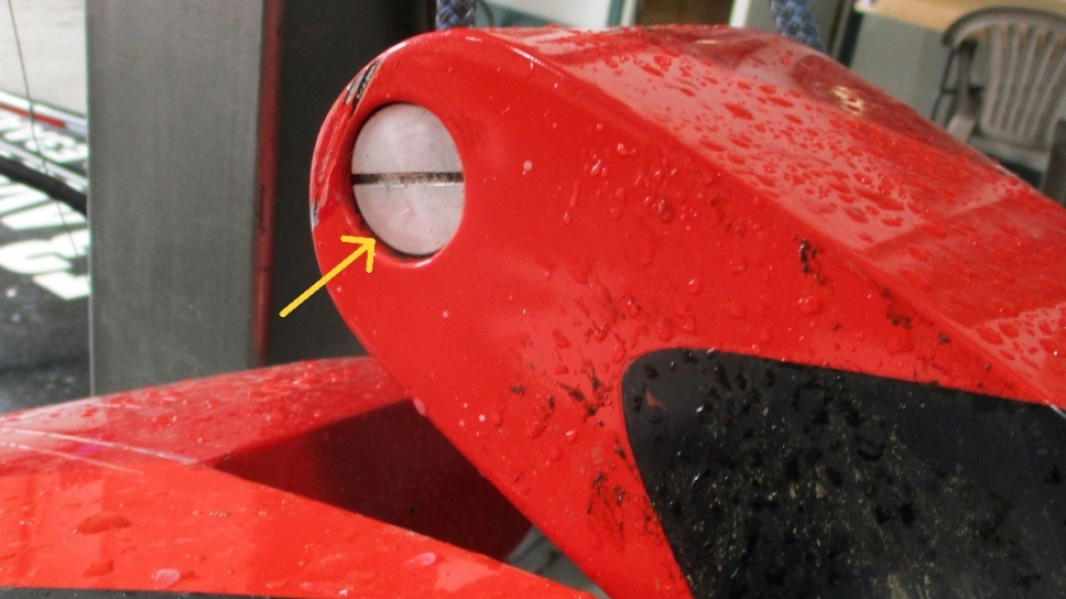Loose plug likely caused Rob Holland's fatal accident
Elevator counterweight retainer dislodged before impact
The April 24 accident that killed Rob Holland, the most accomplished U.S. aerobatic pilot of his generation, likely began with a loose screw, based on facts reported by the NTSB on May 2.
The NTSB preliminary report notes that multiple witnesses watched the accident unfold as Holland approached a landing on Runway 8 at Langley Air Force Base in Hampton, Virginia, where he was scheduled to perform in a weekend airshow. Holland flew his single-seat MX Aircraft MXS (serial number 001) from Tennessee, and leveled off about 50 feet above the runway after making a normal approach.
The report notes that Holland had collaborated with the manufacturer on aircraft modifications including an access hole on the left and right elevator, where counterweights could be inserted or removed to adjust the elevator feel depending on the particular routine being flown. The counterweights were secured by a threaded aluminum plug inserted in the hole.
Investigators found the left-side elevator counterweight plug about 10 feet behind the aircraft wreckage, with threads intact and dirt contamination that was consistent with dirt found on the elevator. "Additionally, about half of the circumference of the left elevator counterweight plug displayed gouging and there was evidence of paint transfer," the report notes, with corresponding marks found on the adjacent horizontal stabilizer.
The rest of the reported findings detailed aircraft, engine, and propeller damage consistent with an engine that was functioning and a propeller that was rotating on impact. The aircraft's most recent inspection was completed March 3, the report notes.
Holland (who is not named in the NTSB report, as is customary) held an airline transport pilot certificate with various ratings, as well as flight instructor and ground instructor certificates. He had reported 15,387 hours on the application for his most recent FAA medical certificate, which was issued on March 5.





